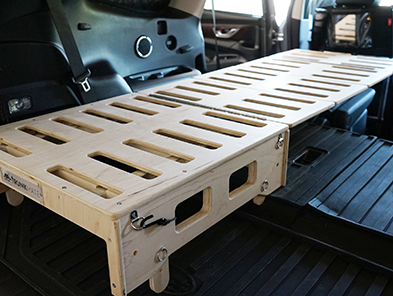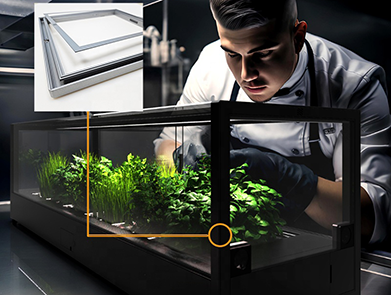The surface treatment methods of aluminium profiles
2024-05-30
Surface treatment of aluminum profiles is crucial in improving their appearance, corrosion resistance, hardness, and overall performance. As industrial production continues to evolve, surface treatment technologies for aluminum profiles have advanced significantly. This article explores some common surface treatment methods for aluminum profiles.
1. Anodizing
Anodizing is one of the most widely used surface treatments for aluminum profiles. It involves an electrolytic process that forms a durable oxide film on the surface of the aluminum profile. This film not only enhances the corrosion resistance but also offers various color options, improving the aesthetic appeal. The thickness and color of the anodized layer can be adjusted to meet specific requirements, making it suitable for applications in construction, transportation, and electronics.
Advantages:
1.Improves corrosion resistance
2.Increases surface hardness
3.Adjustable color and gloss
4.Environmentally friendly and durable
2. Powder Coating
Powder coating involves applying powder coating material to the aluminum profile surface and then curing it under heat to form a smooth and hard finish. This method provides a wide range of color options and significantly enhances the aluminum profile’s corrosion resistance and weatherability, making it ideal for outdoor applications or extreme weather conditions.
Advantages:
1.Wide variety of color choices
2.Excellent corrosion resistance and weatherability
3.Environmentally friendly, solvent-free
4.Strong adhesion and durability
3. Electrophoresis Coating
Electrophoresis coating is a process where the coating material is deposited on the aluminum profile surface through the action of an electric field. The resulting coating is smooth, uniform, and offers excellent corrosion resistance and an aesthetically appealing finish. Electrophoresis coating is typically used for aluminum profiles that require higher durability, such as high-end electronics enclosures or automotive parts.
Advantages:
1.Smooth and delicate coating
2.Excellent corrosion resistance
3.High UV resistance
4.Suitable for complex-shaped aluminum profiles
4. Painting
Painting is a traditional surface treatment method where paint is sprayed onto the aluminum profile to form a coating. This method offers a wide range of colors and provides a smooth finish, making it suitable for indoor applications where aesthetic appearance is important. While the durability and corrosion resistance of painted profiles are relatively lower than other treatments, painting is still a common and cost-effective solution for many low-to-medium-end aluminum profiles.
Advantages:
1.Rich color options
2.Simple process
3.Low cost
5. Electroplating
Electroplating is a process where a metal layer, such as chrome or gold, is deposited on the aluminum profile surface through electrochemical reactions. This treatment significantly enhances the aesthetic appearance of the profile, making it shiny, smooth, and visually appealing. It also improves the corrosion resistance and wear resistance of the aluminum profile, making it suitable for decorative aluminum profiles and high-end products.
Advantages:
1.Enhances corrosion resistance
2.Improves appearance with high gloss
3.Increases hardness and wear resistance
6. Phosphating
Phosphating is a treatment where a phosphate layer is formed on the surface of the aluminum profile. This layer improves the adhesion of subsequent coatings and enhances the durability of the treated surface. Phosphating is often used as a pre-treatment process for aluminum profiles before applying other surface treatments, such as painting or powder coating.
Advantages:
1.Improves adhesion
2.Increases coating durability
3.Provides some corrosion resistance
Conclusion
There are several surface treatment methods for aluminum profiles, each with its unique advantages and suitable applications. By choosing the right surface treatment, the aesthetic appeal, corrosion resistance, and overall durability of aluminum profiles can be greatly enhanced, making them suitable for various industries and applications. Anodizing, powder coating, electrophoresis, and other treatments have significantly contributed to the development of the aluminum profile industry.


